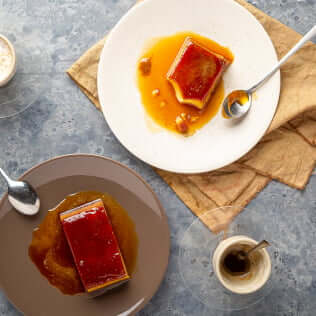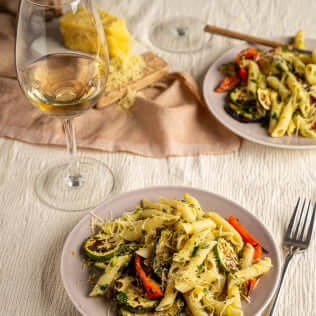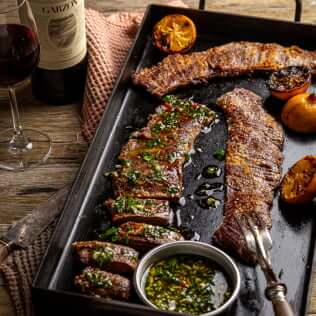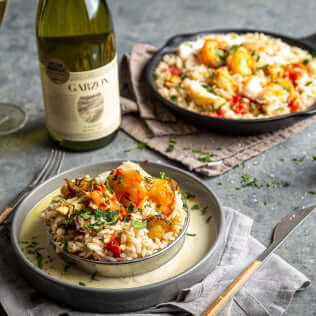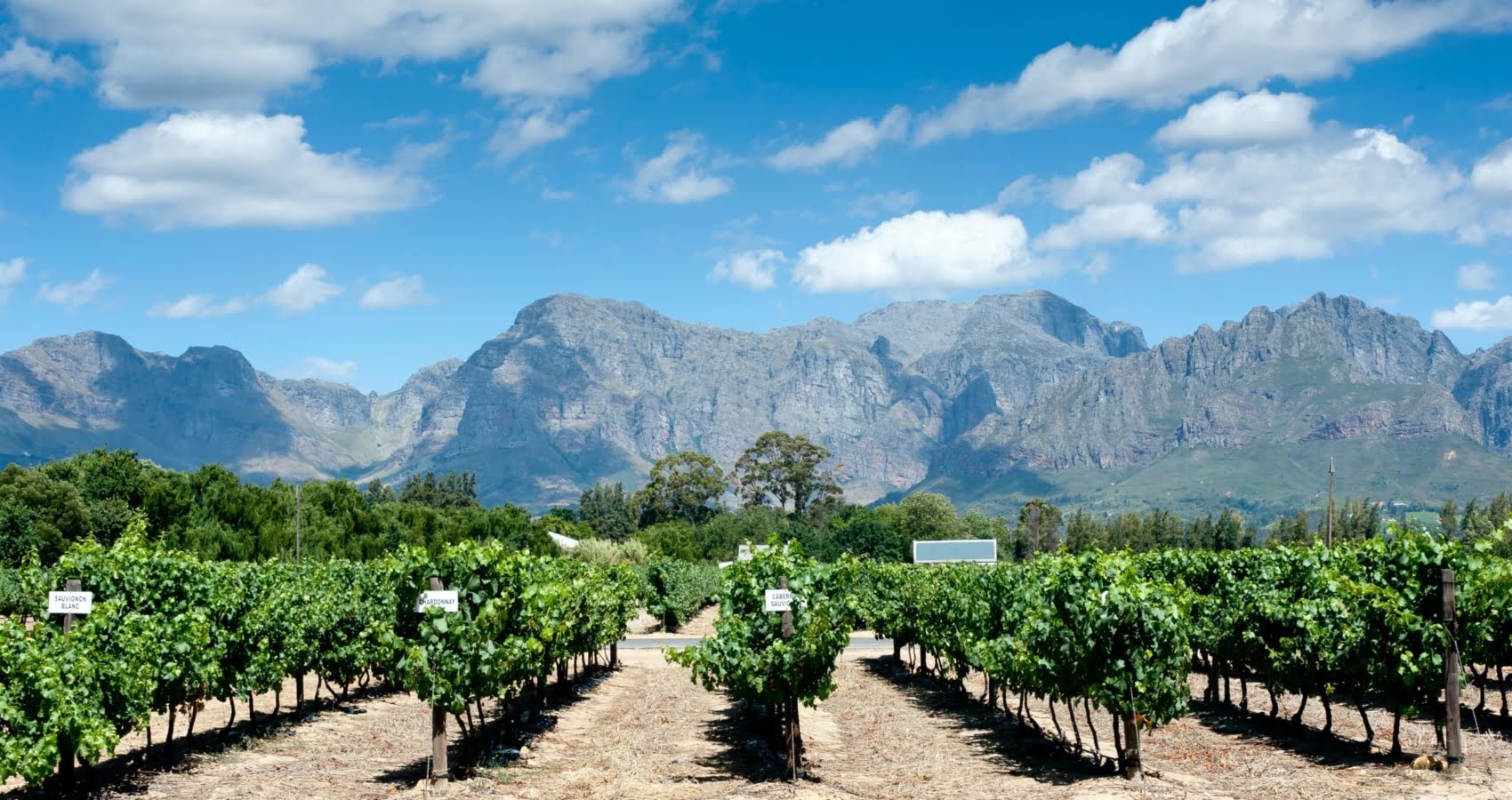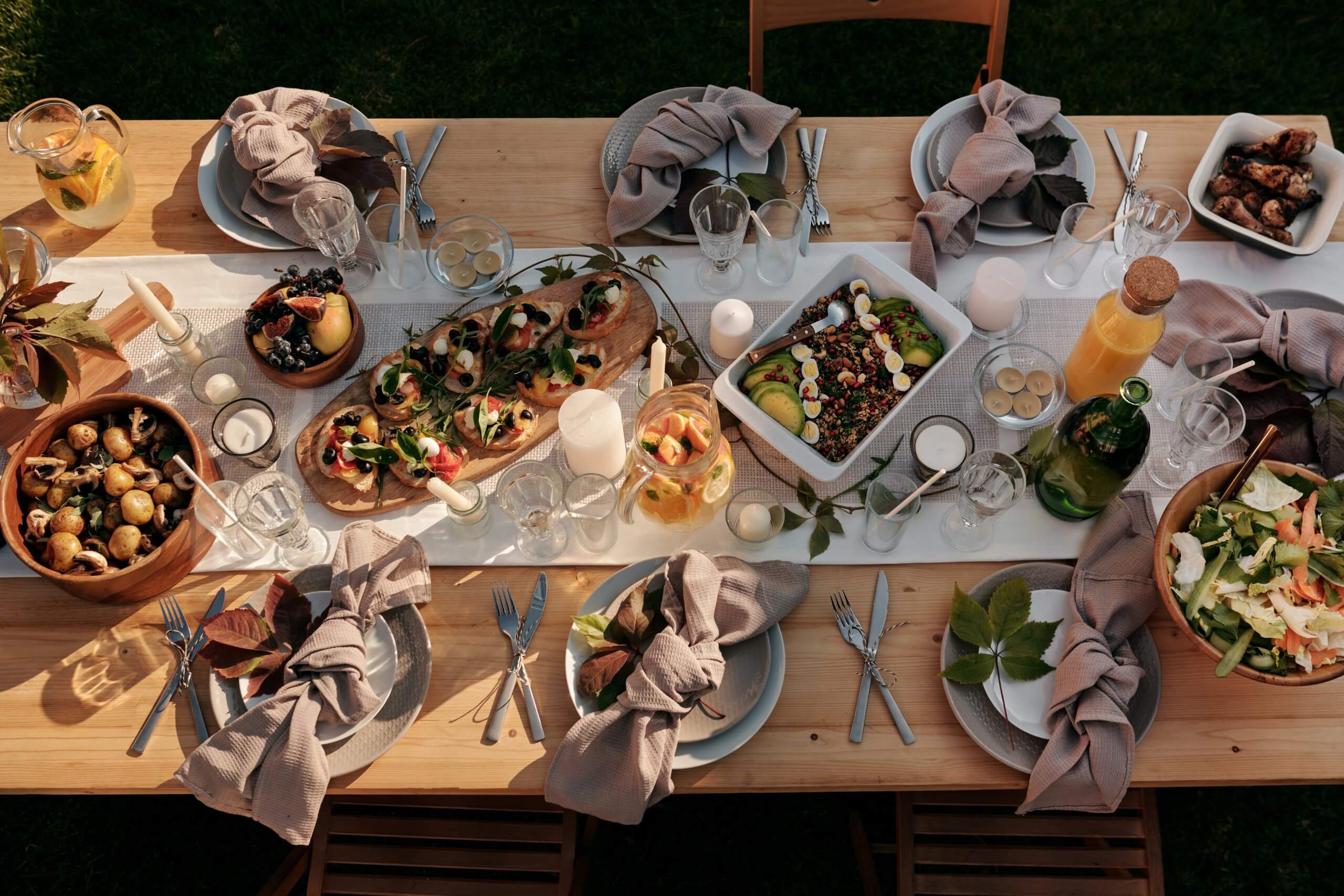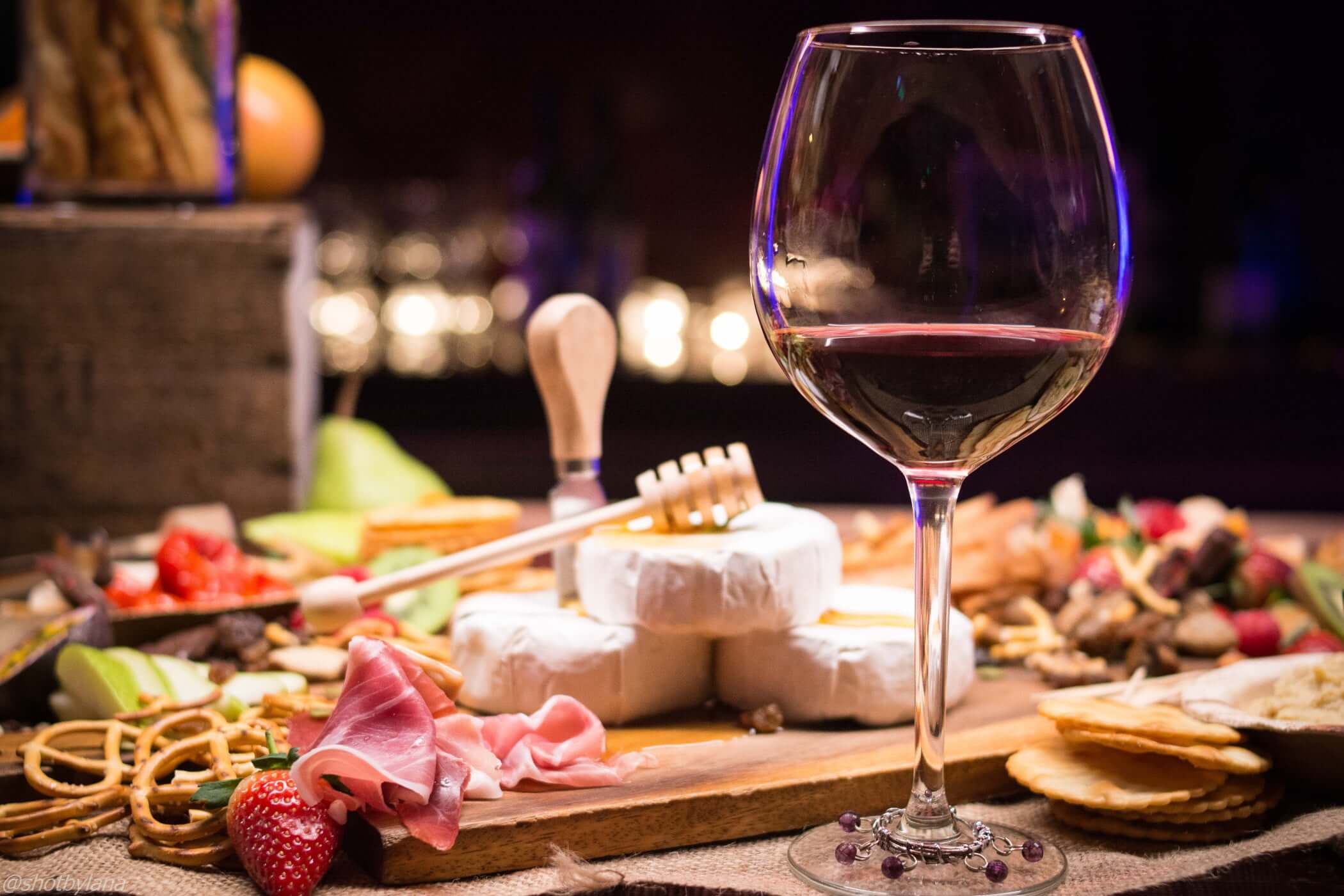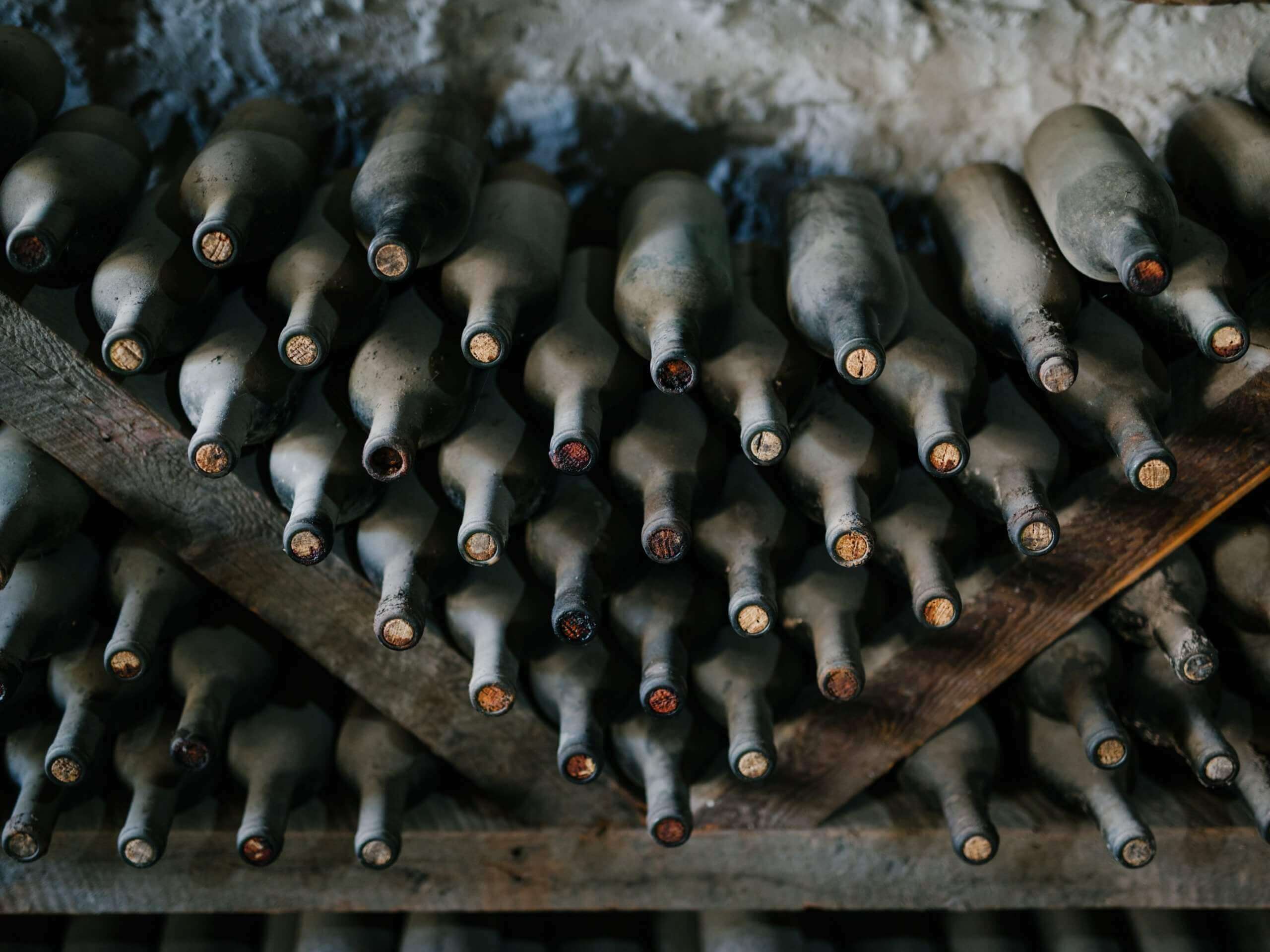
We’ve all heard the phrase that wine gets better with age, but that could not be further from the truth. Not for all wines at least.
In this wine-ageing guide, we explain exactly what happens to wine as it ages; why not all older wines are better and how the modern-day wine-consumer has changed the wine industry completely.
Why are Wines Aged?
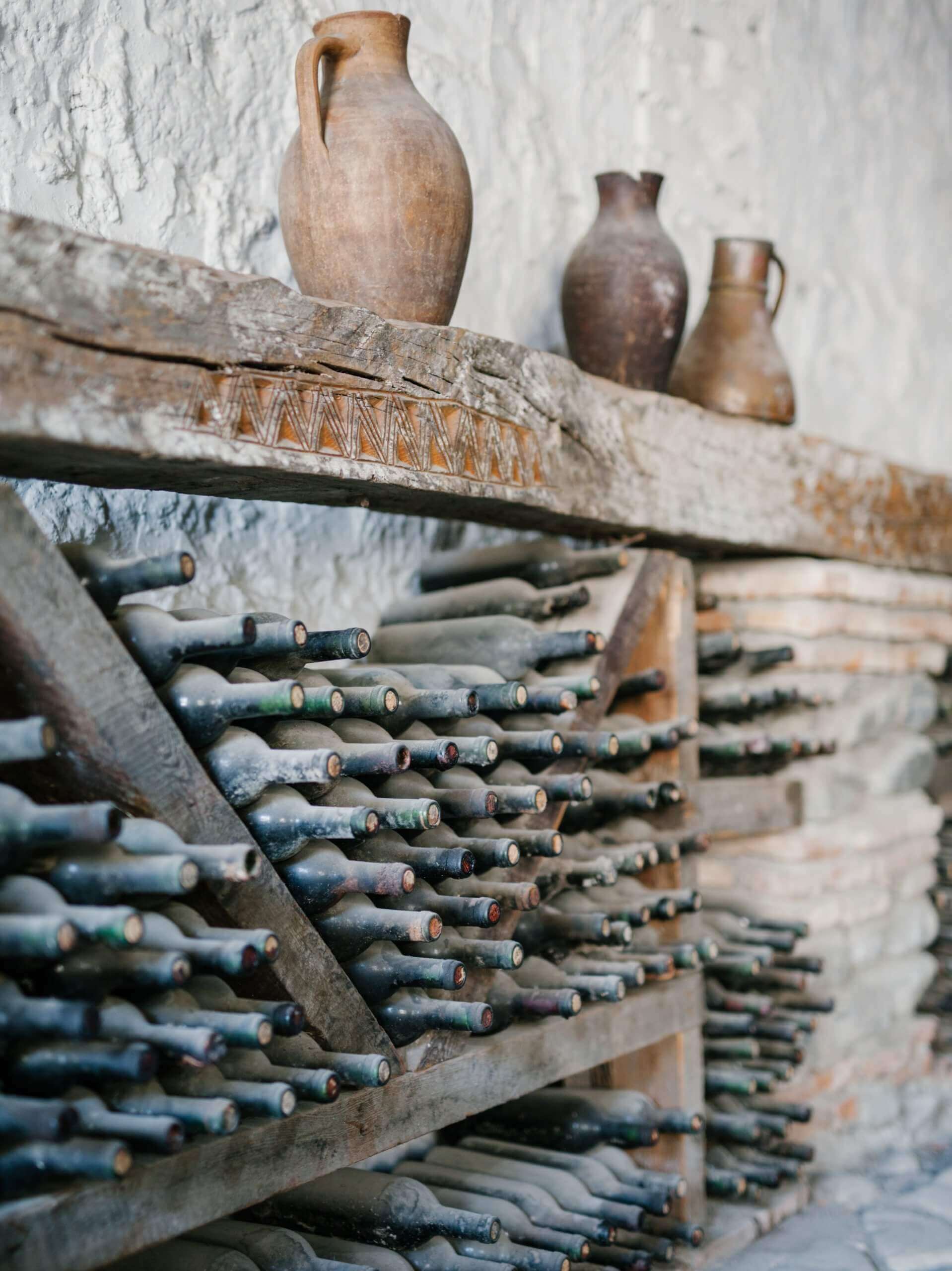
Wine is aged to improve the quality of the wine.
Have you ever wondered what happens to wine when it ages? Have you thought about the reasons behind keeping wine for several decades in a cellar?
The long and the short of it is that wine is aged so that it improves in aroma, flavor, texture and complexity. When wine is left for several years in a bottle, it develops an entirely new set of aromas and flavors. In many cases, with wine that is too high in acidity in tannin, the ageing process also allows these elements to soften and the wine to become more approachable and enjoyable.
Does that mean older wines are better?
Unfortunately, not. It’s been said, only about 1% of the world’s wine should be aged for several years, and most wines are made to be consumed immediately. The ageing potential of the majority of wine is only about five to seven years, while the higher-priced, premium wines can age for much longer.
While these younger wines won’t necessarily ‘go off’ after more extended ageing, it simply won’t develop the flavors and aromas that one would expect from the wine.
Which wines should be aged?
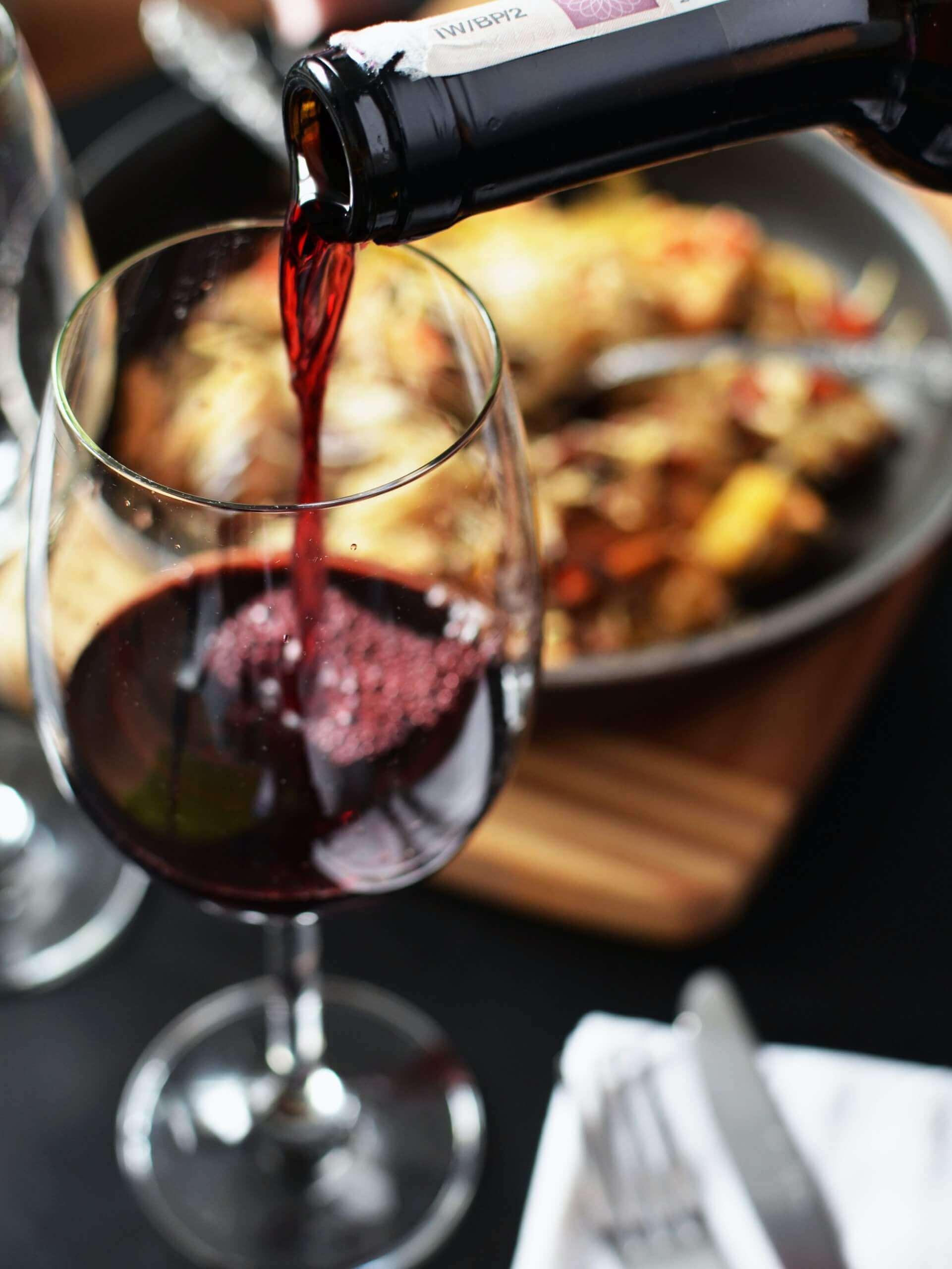
Wines that have ample structure can be aged.
For a wine to age well and improve after years of ageing, there are a few things that the wine needs to have.
In order for a wine to age successfully, the wine has to have structure, so it doesn’t collapse over the years. The structure consists of:
Tannin: Tannin is naturally present in the skins and twigs of the vine. So, when the grape juice is left to ferment along with these particles, the wine will extract tannin, which adds to the structure of the wine. Since white wine is rarely left on the skins, this is only relevant for red wine. You can tell that wine has high tannin by how dry it feels around your gums and teeth after you drink the wine. The drier your mouth, the higher the tannin.
That being said, oak barrels also add tannin to a wine – which is one of the reasons that wine is matured in oak barrels. Although white wine does not extract the natural tannin from the skins and seeds, when white wine is aged in oak barrels, it adds to the structure and allows the wine to age better.
So why are wines put into barrels? It is merely to add tannin, which essentially acts as a preservative and structure-booster.
Acidity: All wines have natural acidity, with some varieties higher in acidity than others. The higher the wine’s acidity, the greater the structure and the better the wine’s ability to age. When winemakers intend on ageing the wine for several years, they can increase the acidity by either picking the grapes earlier, to adding acidity during the winemaking process.
Sugar: Sweet wines are known to age significantly longer than dry wines, and this is simply because of the sugar present in the wine. The sugar acts like a preservative that extends the ageing potential of the wine. This is why dessert wines are able to age for decades (and some even up to a century.)
So, in most cases, if a dry wine has sufficient acidity and tannin, it is more likely to age well. Varieties with the best ageing potential are often Cabernet Sauvignon or Merlot wines or blends like Bordeaux wines.
Some Italian varieties, especially with higher tannin and extended periods in oak barrels have also proven to be wines with excellent ageing potential. This includes Sangiovese, Tempranillo e Nebbiolo.
These varieties are used to make the famous wines of Rioja, Barolo, Barbaresco and Chianti. To answer the question of whether older wines are better, in the case of these Italian wines, the answer is yes.
When it comes to white wines, older wines are rarely better. There are very few white wines that benefit from extended ageing as the real appeal of white wine is the freshness.
With white wines, wooded Chardonnay, Semillon e Chenin Blanc are varieties that can improve with age. The real hero of aged white wine, however, is Riesling, which is one of the few whites that tend to be better with age.
What flavors do aged wines develop?
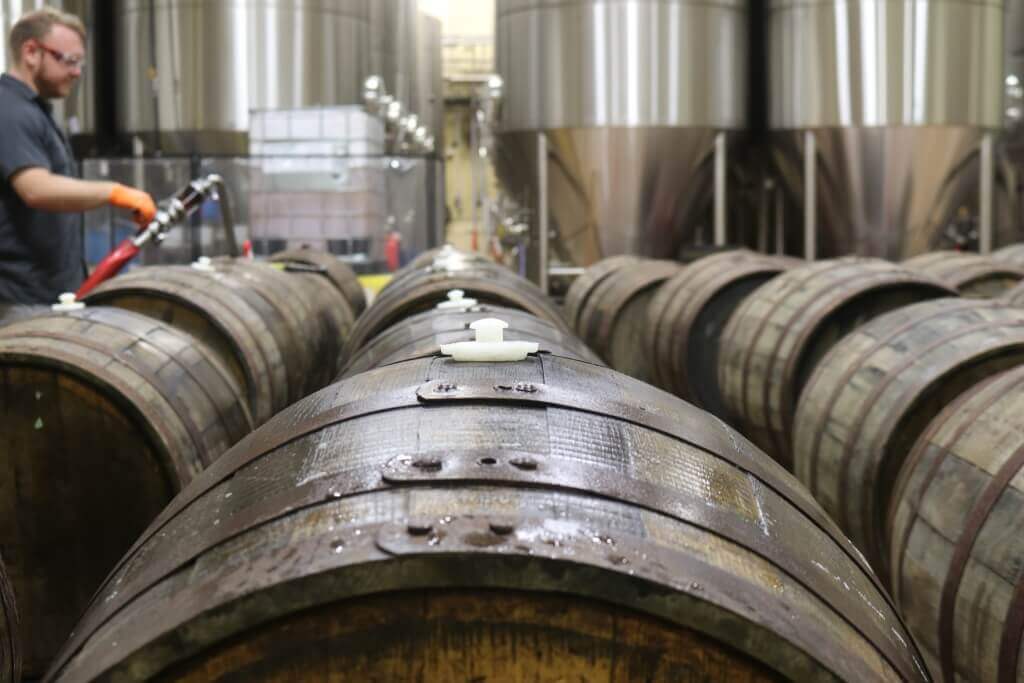
Aged wines develop complex and earthier flavors.
There are a lot of factors that influence the sort of aroma and flavor that develops with aged wines. These flavors and depend on whether it is a white or red wine; the variety of the wine; how long it’s aged; how long it spent in barrels and even what type of barrel was used.
In most cases, younger wines offer vibrant aromas and flavors, like berries and flowers, with a distinct freshness and grippy tannins. But what happens when wine ages, is a transition into savory notes and depth in flavor.
With older wines, depending on the variety, you can expect flavors like mushroom, forest floor, leather, tobacco and tar. The acidity levels of the wine are lessened, and the tannins will soften so the wines become much more elegant.
In the case of white wine, the acidity levels are also significantly reduced, but you can expect notes of honey, beeswax and nuts. The color also often becomes much darker, whereas red wines’ color tends to brown.
Why are wines sold so young?
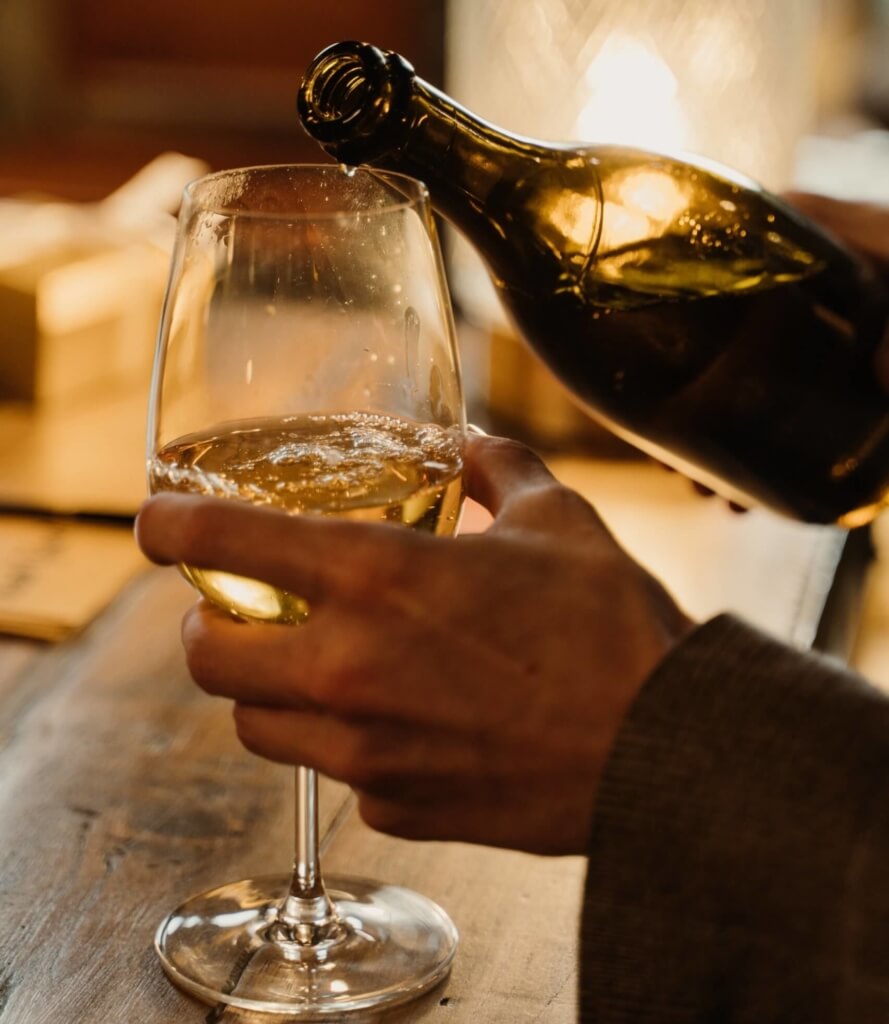
Wines are sold young because of the market-preference.
If you look at how wine was made just a few decades ago, most individuals wouldn’t even think about opening a bottle of wine unless it was aged for a few decades.
Still today, most of the wines of Bordeaux are aged twenty or thirty years before it is even released to the public. In other famous old-world regions, like the Rhone Valley and Burgundy too, the wines are only sold after being aged for several years. In the case of these regions, older wines are definitely better. This is also primarily because wines were considered to be an accompaniment to food and not an everyday beverage.
So why is it that most of the wines on the shelves today are only aged for a year or two? And why is it that these wines don’t get better with age?
The modern-day wine drinker tends to lean more toward younger, fresher and vibrant wines. The modern-consumer drinks wine with a meal and even without. That means that the mature, serious, aged wines don’t appeal to the younger generation of wine drinkers anymore. Those wines are reserved for the more serious wine-drinkers.
In turn, winemakers have focused more on producing wines that are best to drink within the first few years, and that can be enjoyed alongside a meal or simply by itself. So, with this information, you should have a greater sense of precisely what older wines taste like, which wines have the ageing potential and which don’t. And by understanding the complexity of wine and how it develops, we can all appreciate this beverage that much more and be able to choose your wine like a pro.





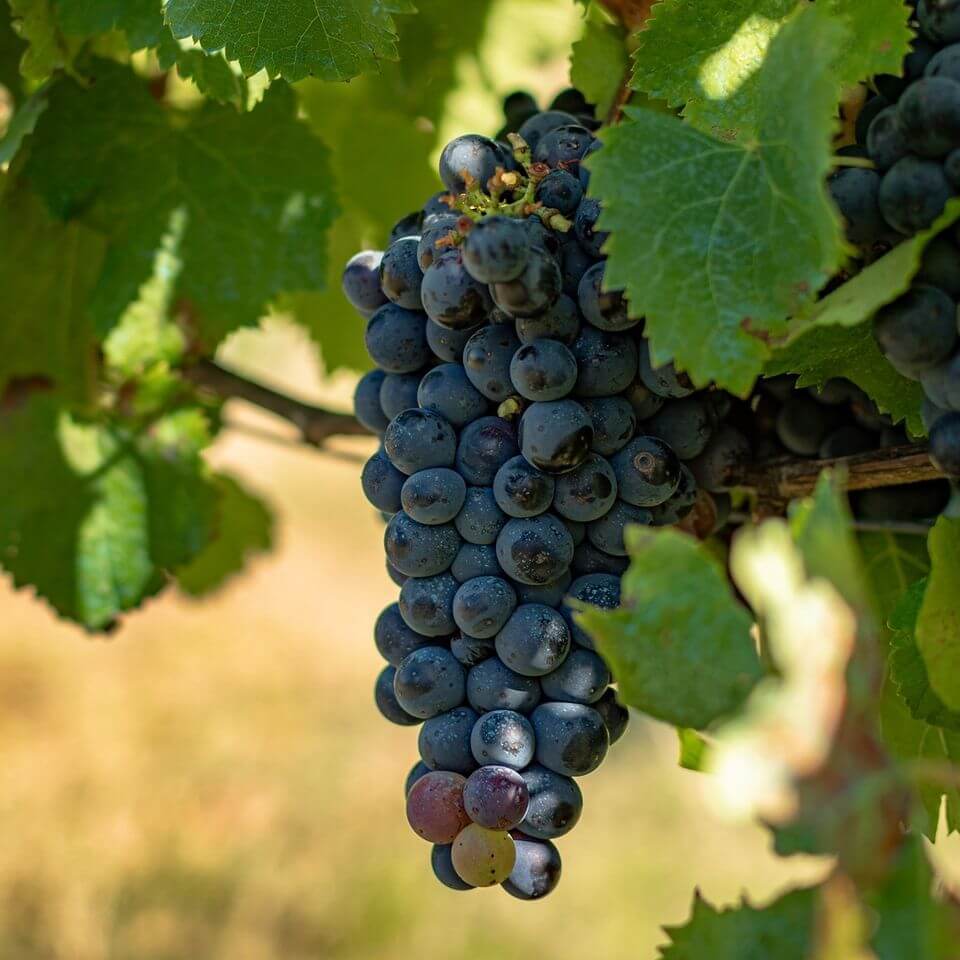









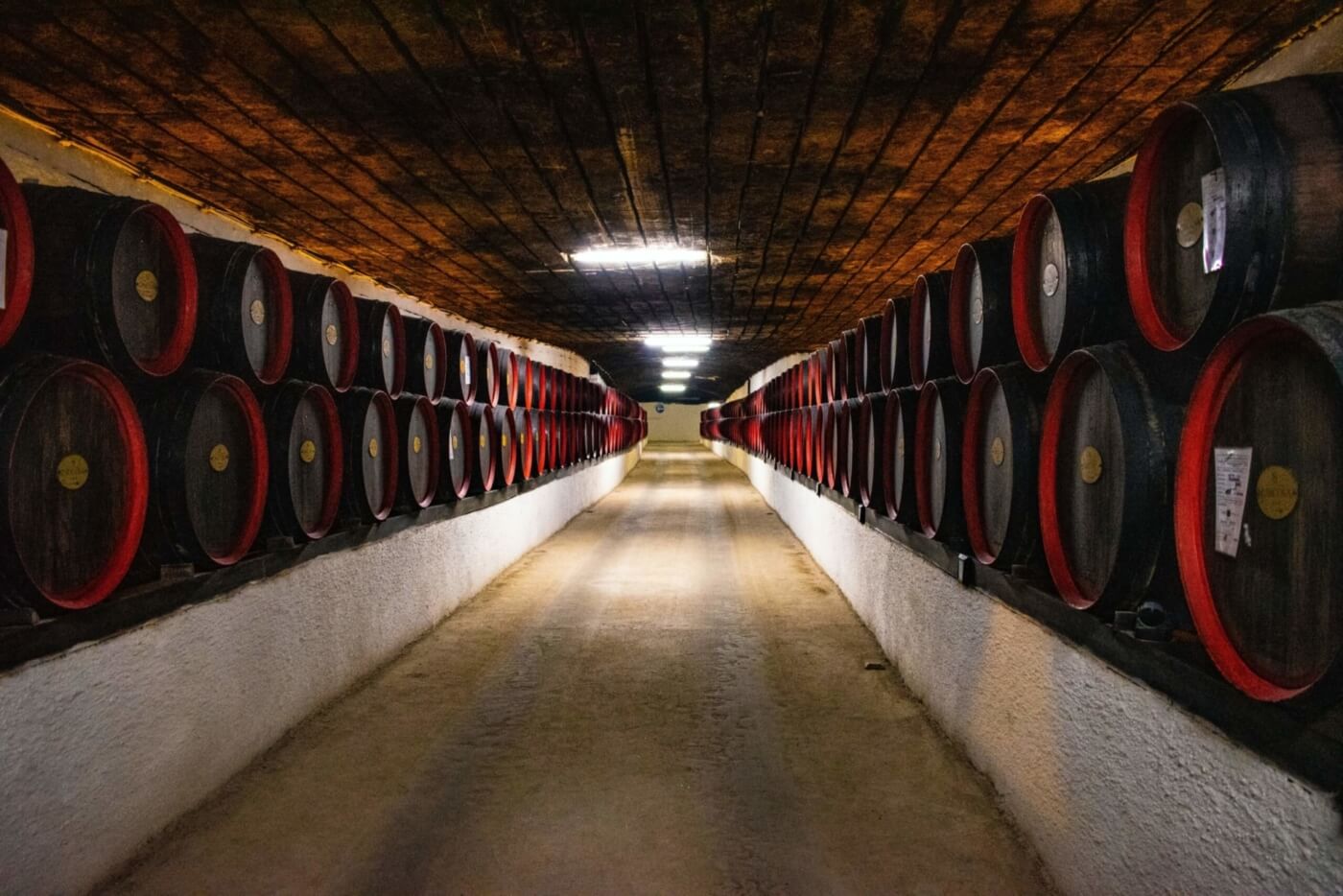
 6
6



